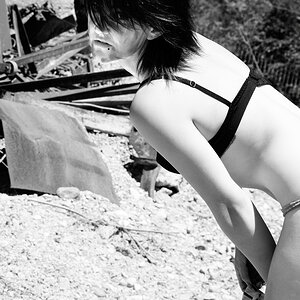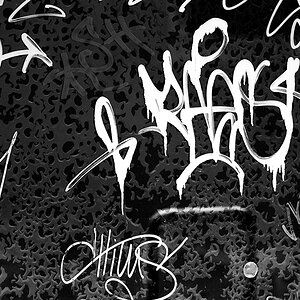elrafo
TPF Noob!
- Joined
- Jun 9, 2004
- Messages
- 169
- Reaction score
- 0
- Location
- montreal
- Website
- el-rafo.deviantart.com
- Can others edit my Photos
- Photos NOT OK to edit
Jerry,
thanks a lot for this example, Actually no problem to edit this picture, I send the high resolution so feel free
I also tried from my side to play in the canon photo editor and quite removed all the chroma noise in the raw file.
I will do some other tests and check if I still get this kind of artefacts.
I also see that NR has a big impact on details, and it is quite hard to keep hairs while removing noise...
I think I like to keep luminance noise, it reminds me the film grain, so that is quite good for me, thanks for your test!
Raph
thanks a lot for this example, Actually no problem to edit this picture, I send the high resolution so feel free
I also tried from my side to play in the canon photo editor and quite removed all the chroma noise in the raw file.
I will do some other tests and check if I still get this kind of artefacts.
I also see that NR has a big impact on details, and it is quite hard to keep hairs while removing noise...
I think I like to keep luminance noise, it reminds me the film grain, so that is quite good for me, thanks for your test!
Raph


 ) hence that's why I said that the user would already have used the widest aperture possible and the slowest shutter speed possible and hence why he needed to increase the ISO anyway, therefore if he wanted to 'overexpose' he'd have to increase the ISO further. Just asking if the compromise of further increasing the ISO to 'overexpose' and reduce noise was actually better than shooting at the 'desired exposure' on the lower ISO.
) hence that's why I said that the user would already have used the widest aperture possible and the slowest shutter speed possible and hence why he needed to increase the ISO anyway, therefore if he wanted to 'overexpose' he'd have to increase the ISO further. Just asking if the compromise of further increasing the ISO to 'overexpose' and reduce noise was actually better than shooting at the 'desired exposure' on the lower ISO. 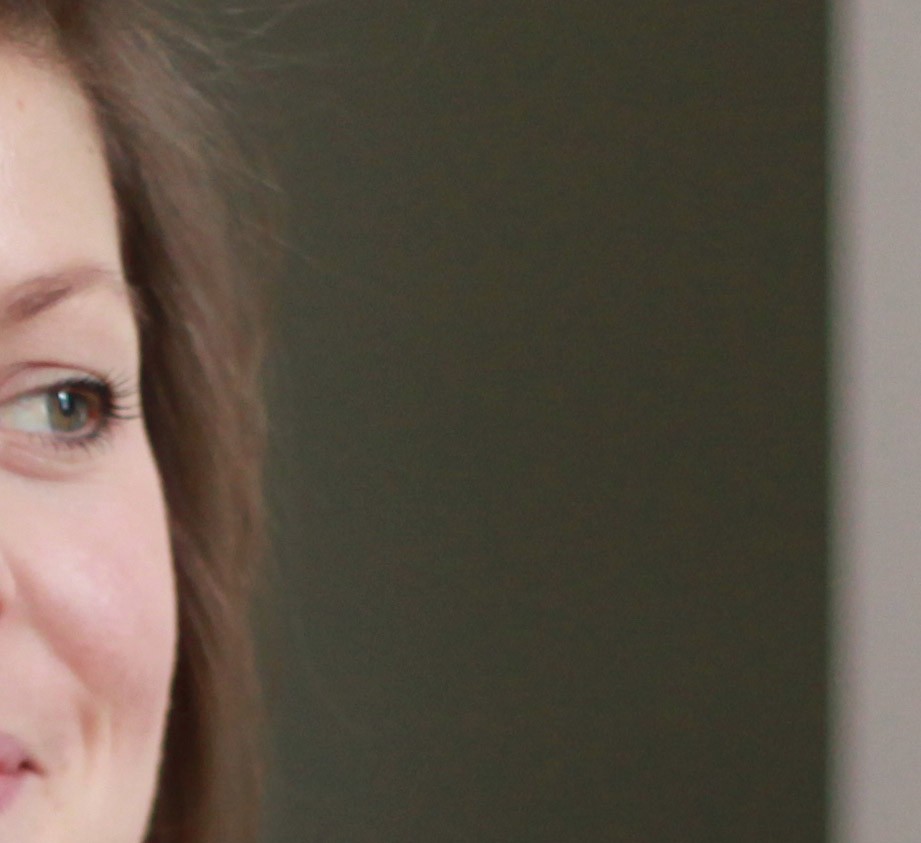


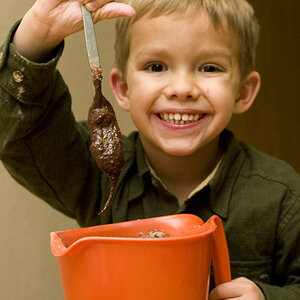

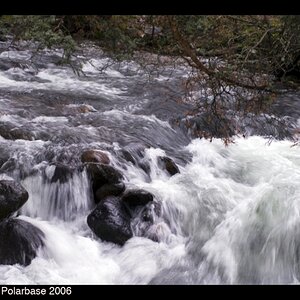
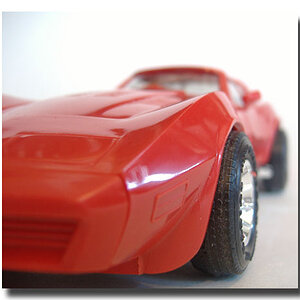
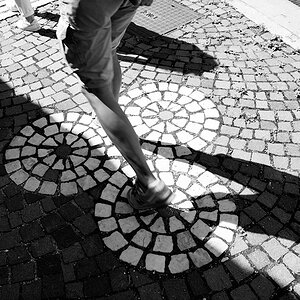
![[No title]](/data/xfmg/thumbnail/34/34061-e097813b3719866d07ff3e78e8119ffa.jpg?1619736258)
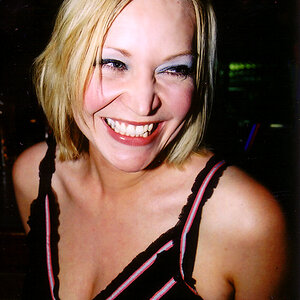
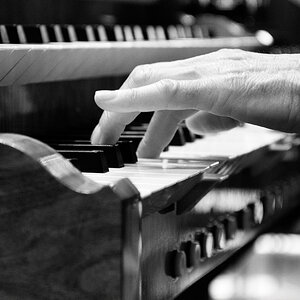
![[No title]](/data/xfmg/thumbnail/34/34060-c81fb16d207094738be9b89a70ae1331.jpg?1619736258)
